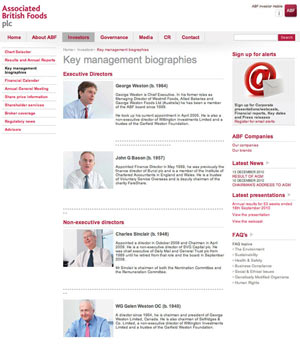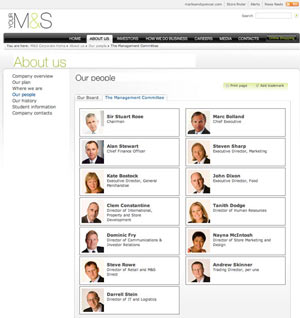
What is your approach to supermarket shopping?
Some people go in with a list, and stick to it; others prefer to wander around the aisles to see what takes their fancy. For some, the supermarket run is an event, and they try out all the tastings, look for new items, and pick up leaflets; for others, it’s a chore, to be done as quickly as possible. I’m convinced that for a few, it is seen as a challenge: beating your personal best, whether this is time taken to complete your shopping, or price at the checkout.
But how many people pay attention to the corporate messaging which that supermarket run inevitably includes – and, in particular, to the messages about corporate responsibility?
Though we all see these corporate messages, how many of us really notice them? It isn’t always easy to communicate corporate messages in a retail arena, where people are naturally very product focused.
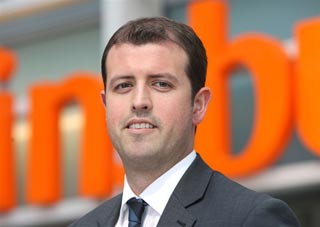 Paul Nixon (CEO at Corporate Eye) recently interviewed Ben Eavis, who heads up Corporate Responsibility (CR) for Sainsbury’s (one of the biggest supermarket chains here in the UK), and I’m delighted to be able to share this interview with you.
Paul Nixon (CEO at Corporate Eye) recently interviewed Ben Eavis, who heads up Corporate Responsibility (CR) for Sainsbury’s (one of the biggest supermarket chains here in the UK), and I’m delighted to be able to share this interview with you.
It’s fascinating – and wide-ranging, as they cover not only the changes in Sainsbury’s CR reporting, and how that affects the corporate website, but also social media, engaging influential CR bloggers, Fairtrade, the Ethical Trading Initiative, carbon-footprinting for dairy farmers and more…
You’ll also hear Thomas Knorpp, Digital Media Manager at Sainsbury’s, who tweets as @jsainsbury, and who is responsible for the corporate website, talking about how Sainsbury’s are using social media channels. The volume levels on Thomas’ voice were very low, so I’ve amplified those sections, and tried to cut out some of the noise. It’s not perfect, because I’m no sound engineer, but it is well worth listening to.
The references to Lucy? That’s me: coincidentally, in my domestic life, I’m one of the bloggers found by Sainsbury’s blogger outreach programmes.
I’ve broken the interview into smaller chunks, to make it easier for you to listen to the parts you’re most interested in – but the whole interview is also available, so you can listen to Paul and Ben discussing CR while you’re out running, or while you’re warming up those last few mince pies.
I’m sure you’ll enjoy it: it’s full of detail about Sainsbury’s approach to corporate responsibility and reporting. Thanks to Ben and Thomas for taking the time to share so much information with us.
Part 1: Communicating Corporate Values
Ben explains how their corporate values fit with Sainsbury’s retail business, and discusses the key communication challenges that supermarkets face and the prioritisation of communication channels.
Surprise point: there are potentially 300 sustainability touch-points for Sainsbury’s to consider. That’s a wide range of CR issues to consider: everything from the amount of salt and sugar in foods, to carbon footprinting, to working with farmers, to the impact on the local communities.
[audio:https://www.corporate-eye.com/main/audio/sainsburys-part-1.mp3]Length: 4:45
Download: Sainsbury’s Part 1
Part 2: CR Reporting and the Corporate Website
Just how do you approach integrating your corporate social responsibility reporting and the corporate website? Often the CR section on the corporate site ‘is’ the CR report.
Sainsbury’s have a new approach to reporting: this section of the interview covers CR reporting, the issues around having both a retail and a corporate website, and ways to invite people arriving on the retail site – or on a social media site – back to the CR section to find out more detail.
Surprise point: Sainsbury’s provide their CR report in A6 format – pocket size – and give a copy to all their staff.
Listen for: Thomas explaining how he uses social media to connect the corporate values with the retail products
[audio:https://www.corporate-eye.com/main/audio/sainsburys-part-2.mp3]Length: 5:04
Download: Sainsbury’s Part 2
Part 3: Getting Traffic to the CR Site
Ben talks about how they’ve increased traffic to their corporate CR site by adding interactivity, and by using Facebook, Twitter and their partners and advocates in other organisations to drive traffic. Also discussed: meeting the different needs of different audiences.
Listen for: Ben explaining how the change in frequency and style of CR reporting is boosting web traffic
[audio:https://www.corporate-eye.com/main/audio/sainsburys-part-3.mp3]Length: 5:07
Download: Sainsbury’s Part 3
Part 4: Social Media and CR
Just how much time does social media take? And what about social media governance?
Paul and Ben discuss the benefits and potential difficulties in engaging with social media, building a CR community, identifying influencers and engaging with them both on and offline.
Listen for: Ben talking about the support network around Thomas as he engages in social media, and the significance of the corporate values.
Listen for: Thomas talking about just how much time he spends on social media, and how they spot influencers – not just on retail matters, but on corporate matters too, such as CR.
[audio:https://www.corporate-eye.com/main/audio/sainsburys-part-4.mp3]Length: 13:00
Download: Sainsbury’s Part 4
Part 5: CR Issues, Initiatives and the Corporate Website
How does a company select which of the many possible CR issues and initiatives to target?
Paul and Ben talk about the process of identifying the issues that matter most to the corporate stakeholders, and about how to ensure that, once started, initiatives continue to be reported on via the corporate website.
Surprise point: your Nectar card isn’t just for points and targeted vouchers; it’s also used in stakeholder engagement.
[audio:https://www.corporate-eye.com/main/audio/sainsburys-part-5.mp3]Length: 4:35
Download: Sainsbury’s Part 5
Part 6: Industry-wide CR Issues and Communication
Retail, like so many other industries, is highly competitive. How should one company react when another in the same industry has a crisis? And what about industry-wide issues?
Listen for: Ben talking about how the corporate value-set can help Sainsbury’s avoid potential issues.
[audio:https://www.corporate-eye.com/main/audio/sainsburys-part-6.mp3]Length: 5:27
Download: Sainsbury’s Part 6
Part 7: CR Initiatives and Product Labelling
Paul and Ben talk about how Sainsbury’s helps farmers to become more efficient, by providing them with data about their own farm and about those of their peer group, and why Sainsbury’s believe that translating that kind of information into CR labelling (e.g airmiles, carbon footprint) doesn’t help consumers.
Listen for: Ben talking about working with their supply chain in partnership to address CR concerns.
[audio:https://www.corporate-eye.com/main/audio/sainsburys-part-7.mp3]Length: 9:00
Download: Sainsbury’s Part 7
Interview in full
The whole interview is available too, and we’ve also provided a transcript for those of you who prefer to read.
[audio:https://www.corporate-eye.com/main/audio/interview-ben-eavis-sainsbury-full.mp3]Length: 47:30
Download: Sainsbury’s Interview in full
Download transcript: Sainsbury’s Interview transcript
Who were we talking to?
Ben Eavis – Head of Corporate Responsibility, Sainsbury’s
Ben joined Sainsbury’s at the end of 2009 as the Head of Corporate Responsibility and Ethical Trading, to lead Sainsbury’s strategies in these areas. Ben previously worked at Burberry, where he was Director of Corporate Responsibility. Prior to Burberry, Ben worked as Group Social Policy Manager at spirit and wine company Allied Domecq and as the Commercial Manager for Glastonbury Festival. Ben has an MSc in Responsibility and Business Practice from the University of Bath and a BA honours degree in Geography from Sheffield University.
 Thomas Knorpp – Digital Media Manager, Sainsbury’s
Thomas Knorpp – Digital Media Manager, Sainsbury’s
As Digital Media Manager at Sainsbury’s, Thomas manages the supermarket’s digital corporate communications strategy, focusing on digital media relations via the Sainsbury’s corporate website as well as blog, social networking and multimedia sharing platforms. Thomas joined Sainsbury’s in March 2010 from AOL, where he most recently headed up corporate communications for AOL Germany. Thomas holds a BA in Media and Cultural Studies from Macquarie University in Sydney and an MA in Media Administration from the Freie Universität Berlin.
 According to research by
According to research by 
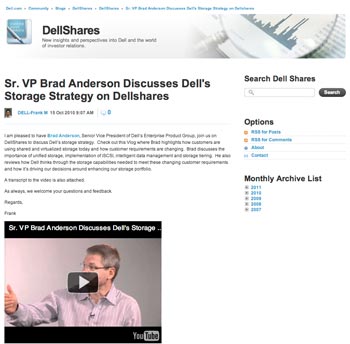
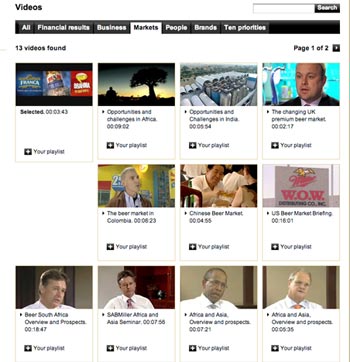
 Two insightful articles from Reuters this week paint an interesting picture for the top social networking sites. As the articles explain, LinkedIn could go public in 2011 and Facebook in 2012.
Two insightful articles from Reuters this week paint an interesting picture for the top social networking sites. As the articles explain, LinkedIn could go public in 2011 and Facebook in 2012.